Whirlpool 25 cu. ft. Side by Side Refrigerator in Fingerprint Resistant Stainless Steel
Fingerprint-resistant steel resists fingerprints and smudges. Free up shelf space with the can caddy. Store more items on each shelf with frameless glass shelves.
Fit and find it all in this side-by-side refrigerator with purposefully-designed storage spaces for items you use most. An in-door can caddy frees up shelf space while frameless glass shelves let you store more items on each shelf for loading flexibility. The deli drawer gives you plenty of space to store meat and cheese, too.
- Exterior Ice and Water Dispenser with EVERY DROP Filtration lets you access fresh filtered water and ice without ever opening the refrigerator door using dual pad dispensers
- Don’t worry about refilling ice trays with the pre-installed icemaker that makes sure you always have plenty of ice on hand
- Clean Tap Touch controls as easily as you use them
- Store more items on each shelf with wall-to-wall frameless glass shelves, which offer greater storage flexibility
- Store fruits and vegetables in their ideal environment with humidity-controlled crispers
- Store plenty of meat and cheese with a deli drawer
- Free up shelf space and get more flexibility using the in-door Can Caddy that holds either cans or bottles
- Move the adjustable gallon door bins anywhere in the door for increased loading flexibility when and where you need it
- Adaptive defrost automatically monitors the freezer environment and runs the cycle only when necessary
- Easily find water and ice at night when you turn on the LED dispenser night-light
- Keep food looking as good as it tastes. Light is cast inside the refrigerator so food looks like it’s supposed to
- Get a seamless look with hidden door hinges that stay out of sight
- Resist fingerprints and smudges with steel that easily wipes clean. Available in black stainless and stainless steel colors
Additional information
| Depth (Excluding Handles) | 31.63 |
|---|---|
| Depth (Including Handles) | 33.63 |
| Depth (Less Door) | 28 |
| Depth With Door Open 90 Degrees (In) | 49.31 |
| Height to Top of Door Hinge (in.) | 69.25 |
| Height to Top of Refrigerator (in.) | 68.63 |
| Product Depth x Height x Width (in.) | 33.63 x 69.63 x 35.88 |
| Refrigerator Width (In.) | 35.88 |
| Certifications and Listings | ADA Compliant,UL Listed |
| Manufacturer Warranty | 1 year limited warranty |

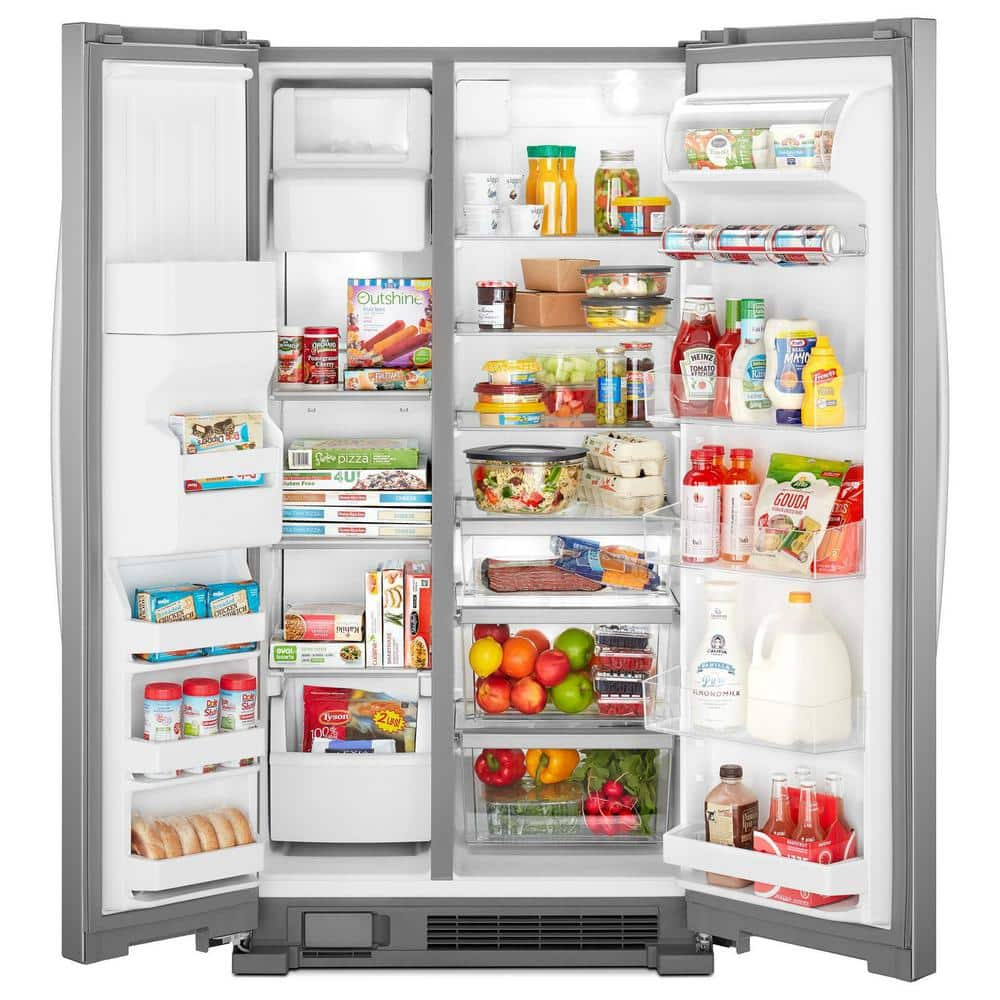
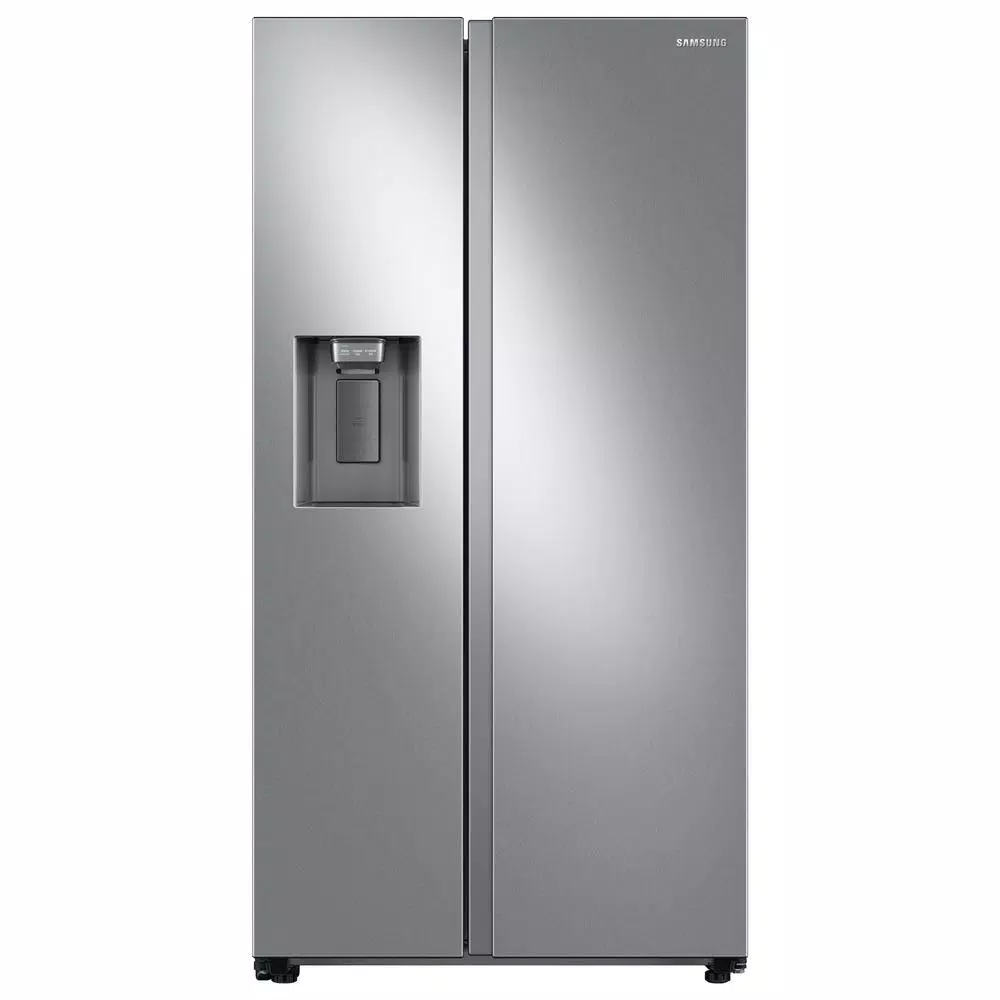
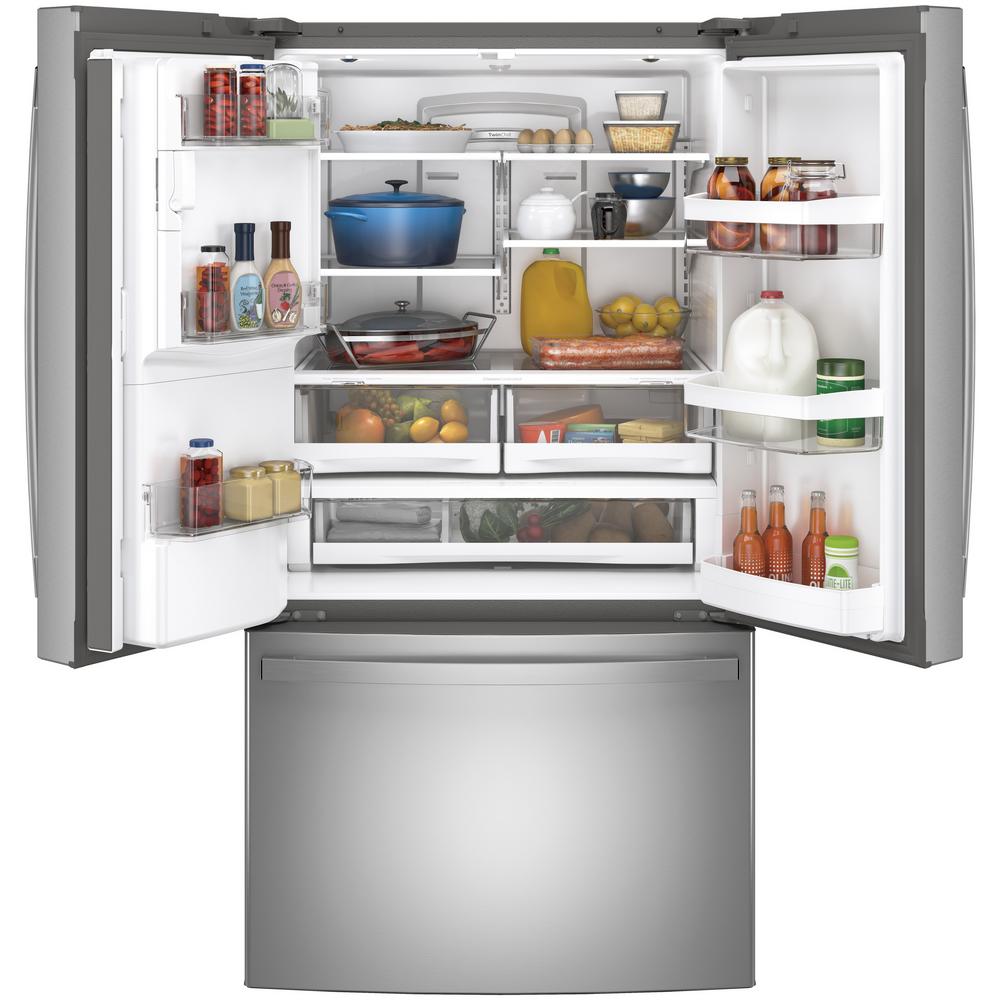
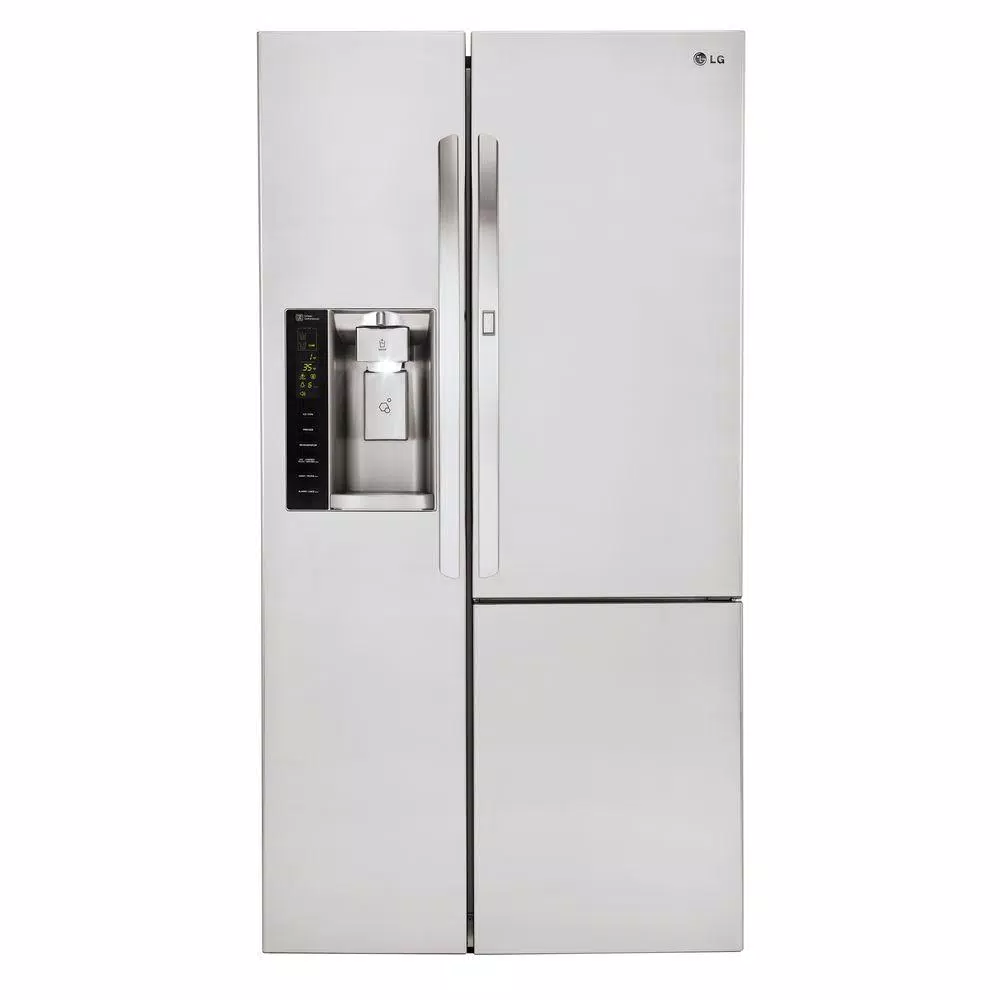
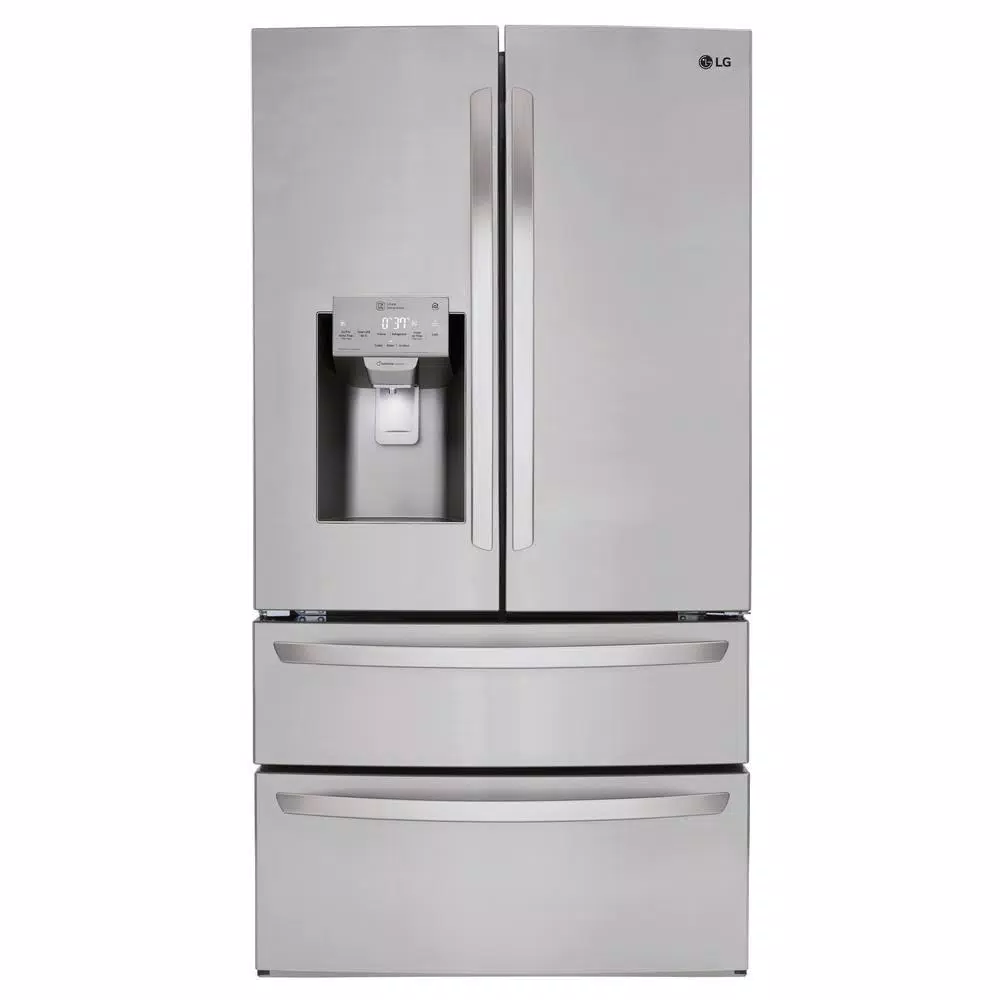
by James
Works well, nice size. Lots of ice.
by Steve
Definitely handprint resistant. Good job.
by Sandy
Delivery was on time and professional. The unit had a defect on the side. The installer immediately offered a very fair gift certificate as offset. Very satisfied!
by Kathleen
Delivery and set up were great. Very pleased with product.